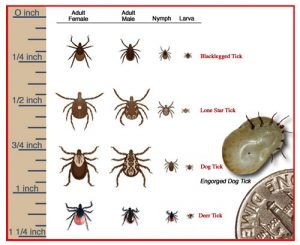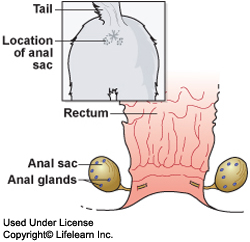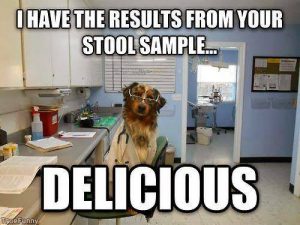Ticks, what are the risks and what can we do about them?
Geographic distribution statistics indicate that ticks are continuing to migrate into our area and our own testing tells us that the risk of tick-borne illness is increasing in the Durham Region. In fact the Rouge Valley is considered endemic, which means that all life stages of the tick are found (adults, eggs, larvae and nymphs).
Therefore, we have put together this informational article to help you understand the risk ticks present and how we can reduce the risk of acquiring tick-borne diseases.
What is a tick?
The tick is closely related to a spider. Ticks have 8 legs, 2 body parts, a flat body (when unfed) and a very hard exoskeleton. When fully fed the tick’s body will be engorged. Ticks have several life stages but both adult ticks and nymphs can transfer certain diseases to you and your dog when they attach and feed.
How does a tick get on my dog or me?
When ticks are hungry for a blood meal they “quest”. That is, ticks wait for host animals on the tips of grasses and shrubs. When the plant is brushed by a moving animal or person, the tick quickly lets go of the vegetation and climbs onto the host. Ticks can only crawl; they cannot jump or fly.
How does a tick transmit disease to my dog?
Once they are on their host, they wander around looking for the best place to attach, which ideally is a less haired area such as the face, legs or belly. When they feed, they embed their mouth part into the skin and actually cement themselves in, feeding for several days. When adult ticks or nymphs are feeding they can inject the bacterium responsible for Lyme Disease. Once they’ve had their fill, they fall off their host and move on to their next life stage.
When are tick most active?
Adult ticks are active in the spring and fall (May and October). Nymphs are active during the spring and summer (May, June, July). Nymphs pose the greatest risk to people because they are so tiny and difficult to see (only 1-2mm in diameter) and they’re around at a time when people have more skin exposed in the warmer weather. Ticks are most active between 4-23C.
Which ticks are the problem?
In Southern Ontario we are concerned about:
1. The Black-legged tick, also known as the deer tick or Ixodes scapularis. This tick is the carrier of Lyme Disease as well as other tick borne illnesses such as Anaplasmosis and Babesiosis. They prefer a moist habitat to survive, like leaf litter and wooded areas but can be found in tall grasses.
2. The American dog tick or Dermacentor variabilus. This tick is the carrier of Rocky Mountain spotted fever and other tick borne illnesses. They can survive in drier habitats and are hardier than the Black-legged tick. They prefer open fields and tall grasses.
3. The Brown dog tick or Rhipicephalus sanguineus. This tick can infest your home! It prefers a warm protected indoor environment. This tick tends to be brought home from vacationing in warmer climates. It is the carrier of Rocky Mountain spotted fever, Babesiosis and Ehrlichiosis.
Another tick on the rise is the:
4. Lone star tick or Amblyomma americanum. This tick is common in wooded areas, particularly forests with thick underbrush and large trees. This tick is the carrier of Ehrlichiosis. It is said that the bite of this tick can cause a person to develop a meat allergy.
Are there ticks in my backyard?
It is possible. Ticks are transported by birds and other wild life. Two of our Lyme positive cases last year were dogs who were reportedly only “backyard” dogs. My Yukon and Charley have both had several ticks. They only get walked in our neighbourhood and spend time in the backyard – not in open fields and wooded areas.
What can I do to protect myself and my dog?
- It can take as little as 24 hours for the black-legged tick to transmit the bacterium that causes Lyme Disease so the sooner you remove any ticks the better.
- Please perform a tick check on you and your pet once you have returned from your walk. Starting at the tip of your pet’s nose with a fine tooth comb or brush go through your pet’s coat working all the way back and finishing with the tail. Don’t forget the legs and check the ears too! There is a chance that you can brush off a tick before it has a chance to attach.
- Stay on the trails when walking and stay out of the wooded or tall grass areas.
- Wear appropriate clothing for yourself.
- If you find a tick on your dog, we can remove it for you if you are not comfortable removing it yourself.
- A blood parasite screen can be performed to check for exposure to tick borne disease.
- Talk to your veterinarian about the various tick preventions that are available – either in topical form or a flavoured chewable tablet.









Recent Comments